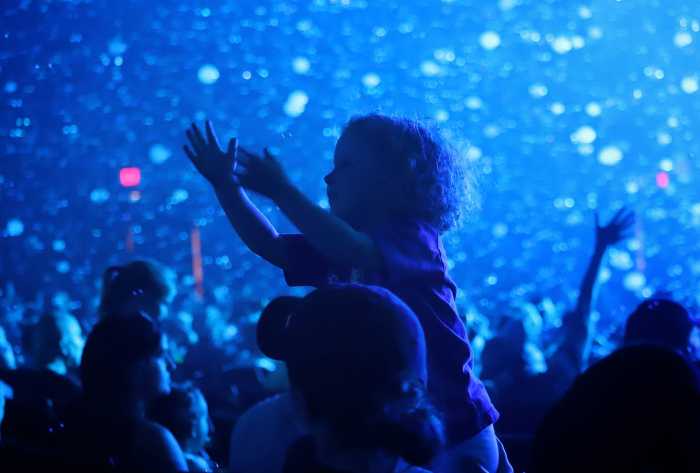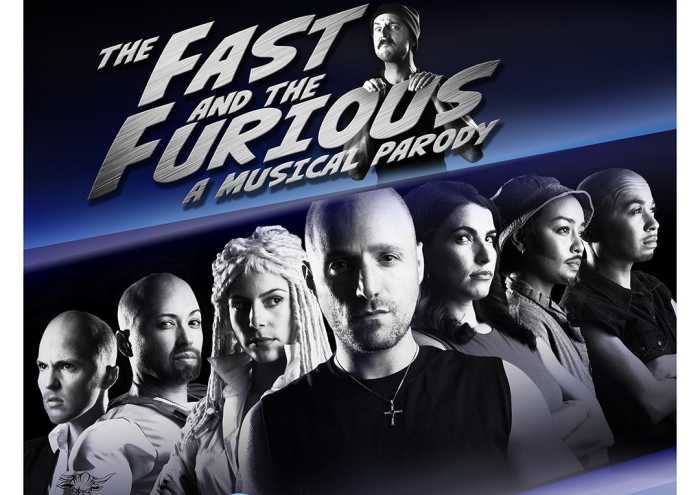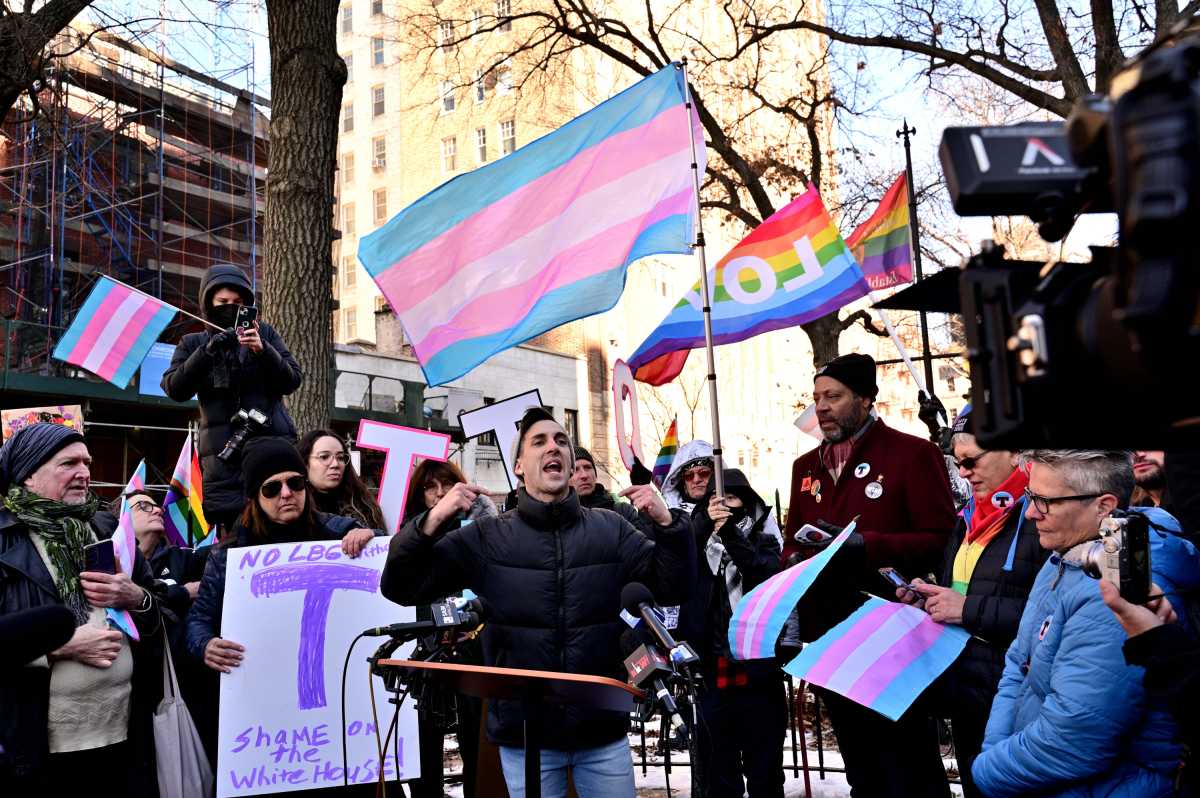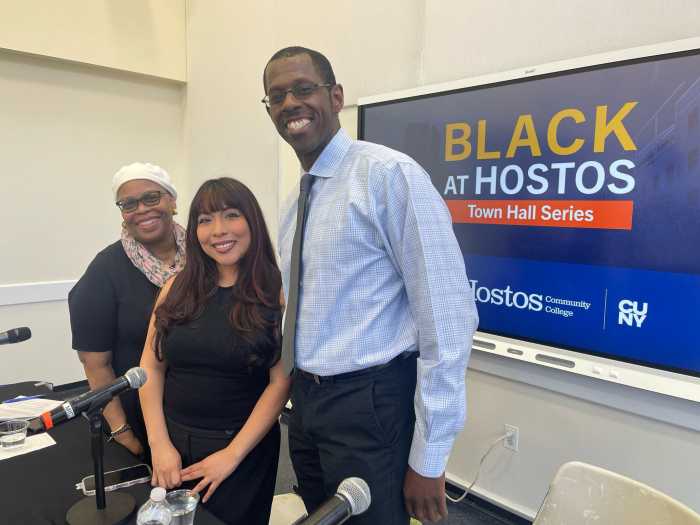After all the books, documentaries, archival recordings and magazine articles, what’s left to say about Jimi Hendrix?
An undeniable creative force of nature, Hendrix left us at age 27 in 1970, having only released three studio albums and one live LP in his lifetime. Although his legacy lives on through his music, he also left behind a creation that he was more than proud of: Electric Lady Studios, the legendary recording studio at 52 West 8th St. in Greenwich Village.
“Electric Lady Studios: A Jimi Hendrix Vision,” a new documentary directed by John McDermott, tells the tale of Hendrix’s achievement with the help of engineer/producer Eddie Kramer — without whom the studio would not exist — and musicians such as Stevie Winwood and Billy Cox, among others.
John Lennon, The Clash, AC/DC, Chic, David Bowie, Stevie Wonder, Taylor Swift, Lady Gaga and Beyonce are some of the notables who have recorded there, but Hendrix himself only clocked a few months putting his music on tape in the space before his untimely demise. Even so, sitting in the room that he left behind, one can still feel the vibe that survives his passing.
Steven Van Zandt — known as Bruce Springsteen’s right-hand man in the E Street Band and for playing Tony Soprano’s right-hand man, Silvio Dante, on “The Sopranos” — recorded some of his “Sun City” album there, and thought the movie was “terrific.”
“Hendrix was one of the most important artists in history and he should be honored in every possible way,” said Van Zandt, adding, “I’m very glad that John did this film — he did a great job on it.”




Previously unseen archival photos of the rubble that was once a club called “The Generation” serve to illustrate what a grand transition it was from Jimi’s original vision of a club that the artist could feel comfortable jamming in at a state-of-the-art musical home.
“It was important to have those photos,” said McDermott, “to really show the scope of the achievement.”
The film includes the tale of Electric Lady from start to finish, with architect John Storyk and others recording the story for posterity every step of the way.
Storyk, who was at Electric Lady last Thursday for the premiere of the film — appropriately screened for an invited audience in the famous Studio A — joined a panel of Kramer, McDermott, Janie Hendrix (the producer) and Linda Sharlin (the studio’s original receptionist) for a Q&A with public relations guru and panel moderator Bob Merlis after the screening.
“It changed my life,” Storyk said of the studio. “I think it changed all our lives.”



Sharlin noted, “It was a very magical time. … It was the combination of the personalities, it was more than the structure. Through all the yelling and screaming that went on — and the hardships — we all made it work”
Kramer, who had convinced Hendrix to build a studio instead of a club, mused, “I don’t know if my career would have been anything without Jimi. The main thing was the music … sitting here in this room brings back so many memories. I can feel it now – it was intense, but it was a lot of joy.”
Janie Hendrix, Jimi’s sister, said that the last time she saw him, when she was nine years old, “he would not stop talking about the studio. It really was his baby. He talked about how everything was rounded, because God didn’t create anything with sharp corners.”
“Electric Lady Studios: A Jimi Hendrix Vision” is playing now at the Quad Cinema: quadcinema.com/film/
A new box set of the movie and previously unreleased music will be released next month. More info is available at JimiHendrix.com.
Editor’s note: An earlier version incorrectly identified panel moderator Bob Merlis as Alan Light. We regret the error and any confusion which may have resulted.
Read More: https://www.amny.com/entertainment/music/




































